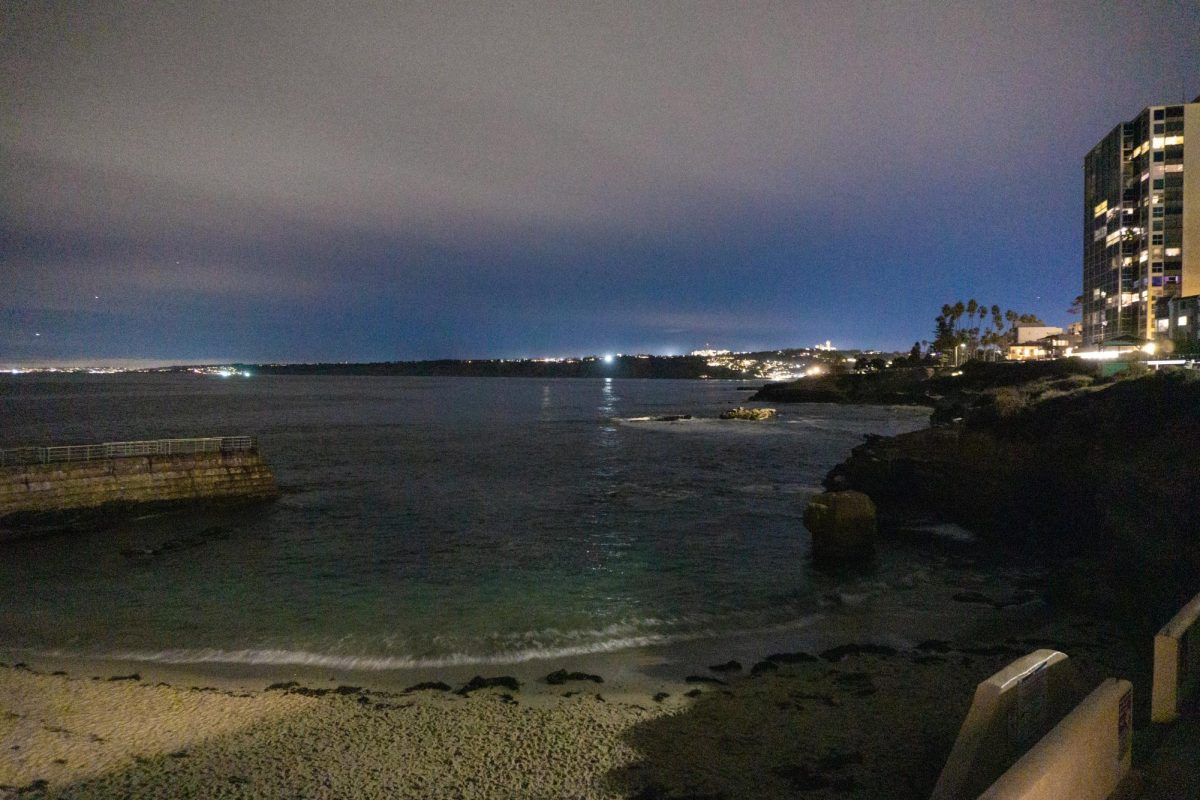Beginning in early November, a growing list of San Diego County beaches have been deemed unsafe for human contact by the Beach & Bay Water Quality Program. Beaches are monitored on a daily basis. More than 104 bacteria per 100 milliliters of water is considered as exceeding county health safety standards. Health advisories were issued for nine beaches due to high bacteria levels, and an additional two beaches were closed due to sewage pollution.
County officials issue health advisories when the bacteria in water samples exceed standard levels. Advisories are issued in response to surface water runoff polluting beaches with above average levels of bacteria. Under such conditions, contact with the water can lead to a variety of symptoms, including vomiting and fever.
When advisories are issued, beaches remain open to visitation at the discretion of each individual. They do not contain life-threatening pathogens from sewage or chemical contamination, though their waters are harmful to human health.
On Nov. 13, the first advisories were issued for the Silver Strand shoreline and Cardiff State Beach. Tourmaline Surf Park in Pacific Beach was placed under advisory two days later. The most recent advisory was issued for Avenida Lunar in Coronado on Nov. 30.
As of Dec. 1, San Diego County’s Beach & Bay Water Quality Program has issued bacterial exceedance advisories for the following beaches:
- La Jolla: Children’s Pool
- Silver Strand Beach: Ocean shoreline from North Carnation to South Avenida Lunar
- Encinitas: Cardiff State Beach
- Pacific Beach: Tourmaline Surf Park
- Mission Beach: South Mission Beach Jetty
- Ocean Beach: Dog Beach
- La Jolla: La Jolla Cove shoreline
- Coronado: North Beach
- Coronado: Avenida Lunar
Blacks Beach and La Jolla Shores are currently not on the list of beaches with bacteria exposure. La Jolla Children’s Pool and La Jolla Cove are small beaches adjacent to rocky cliffs and home to a large population of sea lions, whereas La Jolla Shores is a roughly mile-long sandy beach closer to UCSD’s main campus.
Unlike advisories, beach closures prohibit people from coming into contact with the water. San Diego County closed the Imperial Beach shoreline due to excessive pollution on Nov. 12. The nearby Tijuana Slough shoreline on the Mexico-United States border has been closed since Dec. 8, 2021, as a result of transboundary sewage contamination.
Closures are issued in response to runoff sewage or chemicals from the Tijuana River contaminating the water. This runoff often contains a variety of pathogens harmful to humans, including E. coli, salmonella, cholera, and other bacteria. The beaches remain closed until the water is visibly clear of sewage or chemical pollution.
Health advisories and closures are ways the County responds to bacteria and pollution-related concerns at San Diego’s beaches. In an interview with The UCSD Guardian, San Diego County communications specialist Shauni Lyles shared the leading cause of water quality concerns at San Diego beaches.
“Nearly all beach water quality issues are caused by some type of surface water runoff or discharge,” she said. “Beach water quality sampling is focused on a number of different surface water runoff sources, including storm drains, creeks, rivers, and lagoons — all of which transport pollutants from inland areas to our beaches and bays.”
Pollutants most often are results of rainfall and spill events, causing surface water runoff and discharge, and travel to our oceans and beaches through surface water runoff sources. Discharges refers to waste released from the U.S. International Boundary and Water Commission Canyon Collectors near the Mexico-U.S. border due to system leaks and overflows.
Bacteria-exposed waters are not uncommon in San Diego County; proximity to the border makes SD beaches more susceptible to transboundary pollution. Transboundary flows of sewage from Mexico to the U.S. go through the Tijuana River watershed or the five Canyon Collectors located in California canyons near the Mexico-U.S. border. Contamination has caused temporary closures of beaches since 2022, according to Lyles.
These closures and advisories may affect UCSD students, many of whom live in or around La Jolla’s beaches. The Guardian spoke to UCSD Surf Team President and graduate student Noah Brown, who explained the impact the closures have had on the team’s surfing practices and season schedule.
“To be honest, it doesn’t really affect us too much just because of the amount of contests we have per year; it’s got to be pretty random for [the bacteria exposure] to line up [with our surf schedule],” he said. “Usually, we’re down at Blacks Beach.”
As of Dec. 1, San Diego County’s beach advisories and closures will be in place until further notice. Individuals can monitor the status of each beach in San Diego at www.sdbeachinfo.com.











